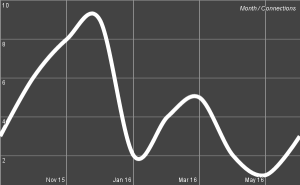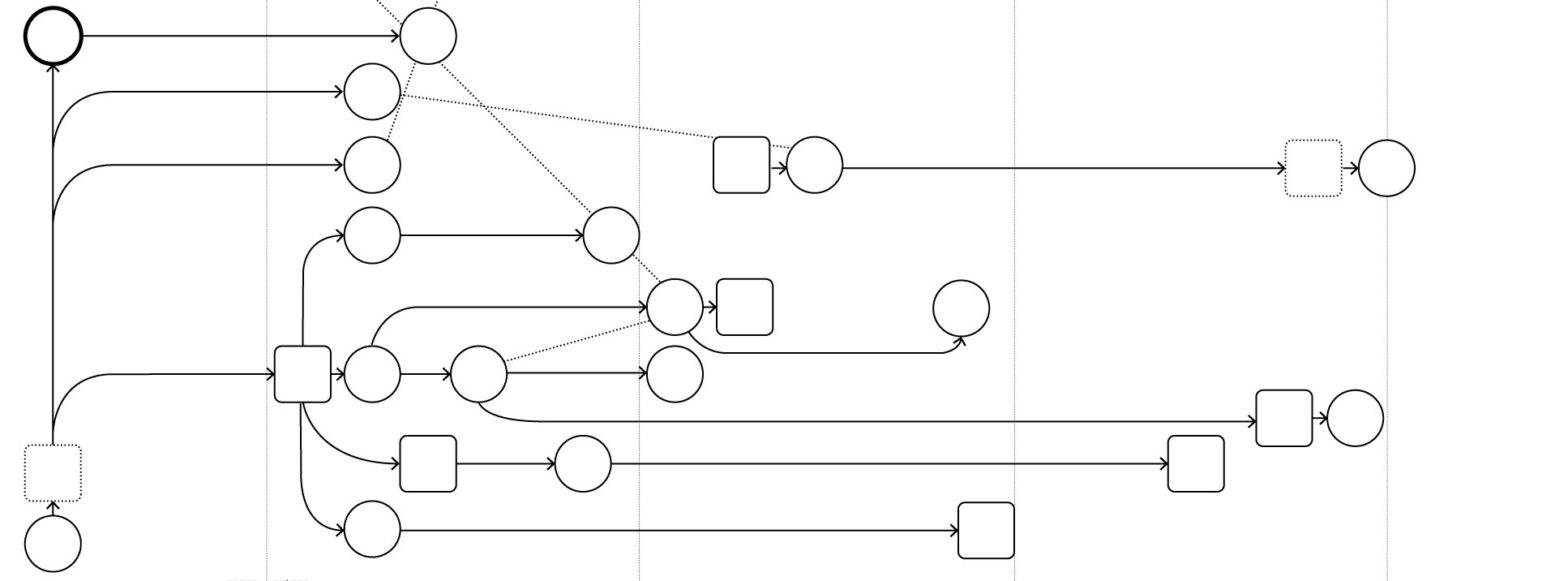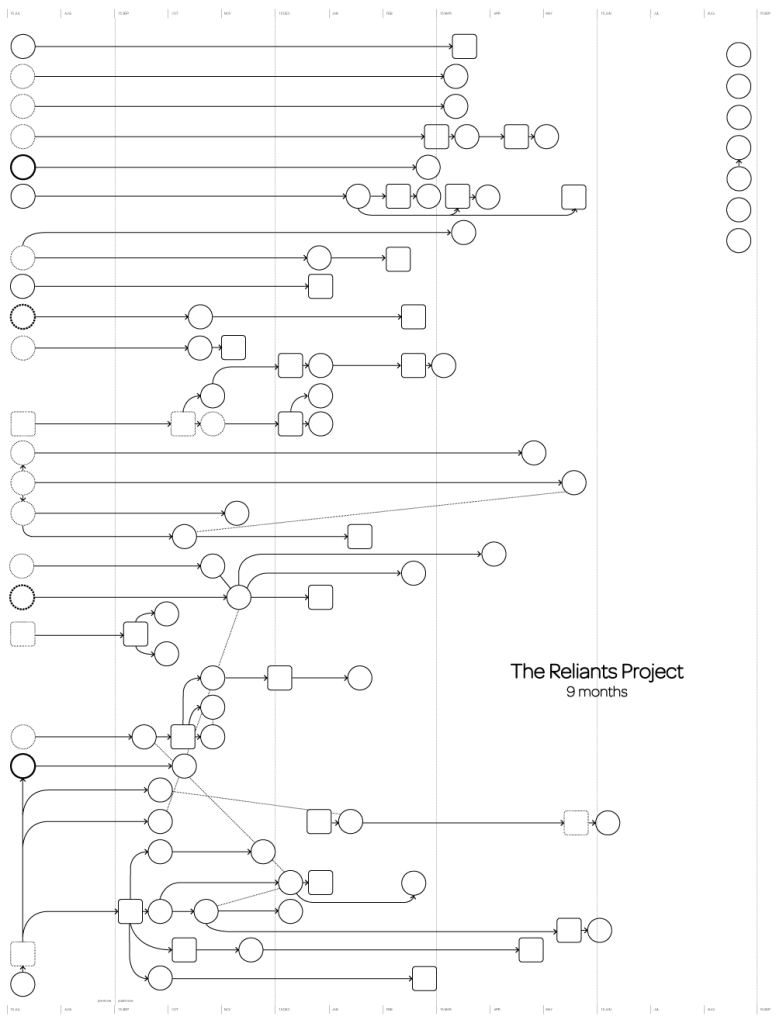Before we dig in to the last 3 months of findings, it’s about time for another round-up of articles and blog posts related to adult friendship that have popped up over the last six months (see last round-up here):
- Get Over the Stigma That Something’s Wrong With You Because You Want More Friends from Lifehacker
- Half of Your Friends Probably Don’t Think of You As a Friend from NY Magazine
- Most people aren’t resilient to life’s hardships, researchers find from Quartz
- The Science of Making Friends from the Wall Street Journal (paywall)
- Study shows people have an upper limit on the number of friends they can add to their social network from Phys.org
- Why Smart People are Better Off with Fewer Friends from the Washington Post
Perhaps it’s priming bias, but it feels like this collective conversation has picked up steam over the last year. It also seems as though these conversations share many parallels with the “Future of Work” and “global nomad” macro trends. Recently I had the pleasure of meeting Esko Kilpi, who is a leading researcher in this emerging space and actively studying how network effects and relationships are increasingly important in a post-industrial society. Will save my learnings and thoughts about these overlaps for another post.
Without further ado, here’s the latest visualisation. If you want further explanation on the categories, methodology or process you can find it here. The only difference is that I’ve decided not to illustrate when contacts made introductions, but rather emphasise how existing connections that I had prior to the move have been important in terms of making introductions or recommending events.
My findings thus far continue to ring true:
- When first moving to a new place, anticipate changing roles from provider to receiver of introductions
- Existing local networks don’t necessarily translate to new connections
- Direct introductions and randomly meeting people at interest-based events are equally as likely to result in new connections
- “Super-connectors” accelerate the process of meeting new people
Additional observations from the data:
“Weak ties” are strong when building personal networks in new places. While the “strength of weak ties” are often discussed in relation to finding a new job, they seem equally applicable in this context. Of my new connections thus far, more than 60% were from introductions or event recommendations from people that I interact with infrequently. I would also categorise many of those people making the introductions or recommendations as acquaintances. The trail of breadcrumbs between the new connection and the original trigger is often faint, but traceable.
Focus on relationship maintenance increases over time. While the amount of free time spent on socialising remains relatively constant, the percentage of time I devote to maintaining newly-established connections has increased, leaving less time to seek new connections. This graph displays the number of new connections I’ve made per month over the last 9 months. Unsurprisingly, the number of connections I made rapidly increased over my first 3 months in London (Sep-Dec 2015) and decreased over the holidays. It picked up again in February, but lost steam in the second half of March (due in part to a long overseas trip). They have started to increase again over the last month, but I’m not convinced that they’ll reach 2015 levels. Interested to see what the next 3 months bring.
Unsurprisingly, the number of connections I made rapidly increased over my first 3 months in London (Sep-Dec 2015) and decreased over the holidays. It picked up again in February, but lost steam in the second half of March (due in part to a long overseas trip). They have started to increase again over the last month, but I’m not convinced that they’ll reach 2015 levels. Interested to see what the next 3 months bring.
In order to better support this project I’ve been building up my knowledge of social network academic research and theory by reading Understanding Social Networks and Bowling Alone among other published work. The questions that are piquing my interest at the moment are:
- Are “super-connectors” more likely to have higher measures of betweenness or centrality within their own personal networks?
- How important is it for relationships within networks to have multiplexity or symmetry to be resilient?
- How does an individual’s position within their network change over time as a result of career shifts, relocation, marriage, childbearing, divorce or other significant life changes?
Out of curiosity, I used Socilab again this month to visualise how my network has changed over the last year. While this is incomplete and not truly an apples to apples comparison because of the LinkedIn API constraints, it’s interesting nonetheless. Below is a side by side comparison of the two outputs.
It seems like my network has more areas of density (new industry, new role, new city) and is less reliant on a handful of brokers. It also appears to have more structural gaps. While this tool continues to be available, I’m going to make a habit of revisiting this regularly.
Would love to hear any recommendations or thoughts that this post triggers!



Pingback: The Reliants Project: 12 months | with ease